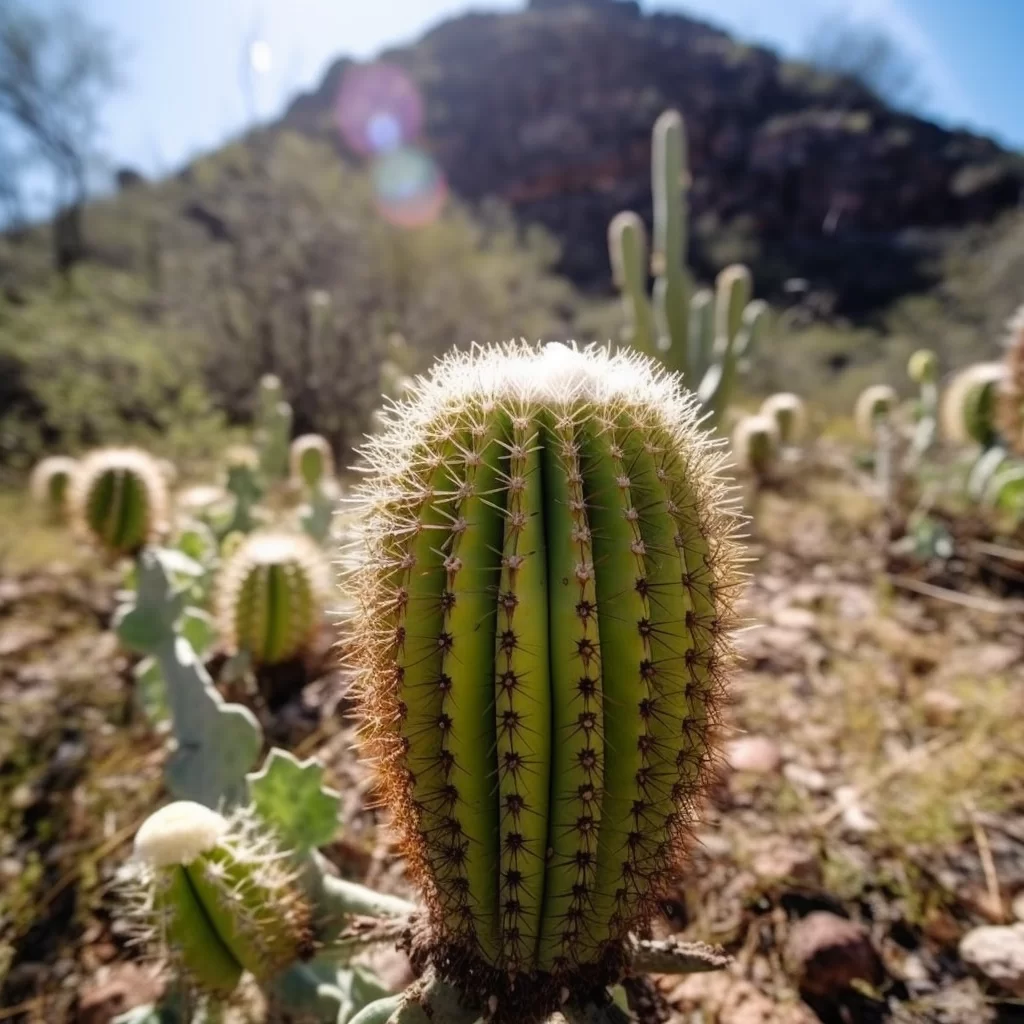Story of Day :
Contents
The Saguaro Plant: A Complete Guide and Care Tips
If you’re a fan of the Southwest, chances are you’ve seen a saguaro (pronounced suh-wahr-oh) plant before.
These giant cacti can grow up to 40 feet tall and live for over 150 years.
They’re the iconic symbol of the Arizona desert, but there’s much more to this plant than meets the eye.
History and Habitat
Saguaros are native to the Sonoran Desert, which stretches from southern California through Arizona and into Mexico.
They were first recorded by European explorers in the late 1700s, but have been an important part of Native American cultures for thousands of years.
The saguaro’s habitat is unique in that it only grows in certain areas with specific conditions.
It needs dry soil that drains well, plenty of sunlight, and temperatures above freezing.
Saguaros can be found at elevations up to 4,000 feet.

Growth and Characteristics
- Saguaros start as small seeds that often germinate under nurse plants – larger shrubs or trees that provide shade and protection from predators.
- It takes about ten years for a saguaro to grow its first arm (although some never do).
- A mature saguaro can weigh several tons due to its water-storing ability.
- The flowers on a saguaro bloom at night in May or June, attracting bats who pollinate them.
- A single saguaro can produce up to 40 million seeds over its lifetime.
Care Tips
If you’re lucky enough to have a saguaro on your property or want to grow one yourself, here are some care tips to keep in mind:

- Plant saguaros in well-draining soil with plenty of sunlight.
Avoid areas that get too much shade or have standing water.
- Water newly planted saguaros regularly for the first year, then reduce watering frequency.
They can survive for months without water, but will grow faster with regular moisture.
- Prune dead or damaged branches carefully to avoid damaging the main stem.
- Avoid touching or damaging the skin of a saguaro as it can cause infections and damage to the plant’s structure.
Fun Facts
Saguaros have an interesting history and some quirky characteristics that make them worth getting to know:
- The arms on a saguaro don’t always grow evenly – some can be short and stubby, while others are long and curved.
- Saguaros were once used by Native Americans for food, medicine, and building materials.
The fruit is edible when ripe (usually around June), but requires careful preparation due to its tough skin and many seeds.
- In 1982, Arizona designated the saguaro cactus blossom as its state flower (even though technically it’s not a flower).

Conclusion
The saguaro plant is an impressive symbol of the American Southwest that has captured our imaginations for centuries.
It’s more than just a pretty cactus – it’s an important part of desert ecosystems and has been valued by humans for millennia.
Whether you’re lucky enough to spot one in nature or want to try growing your own, understanding how it grows and what it needs to thrive will help you appreciate this unique plant even more.